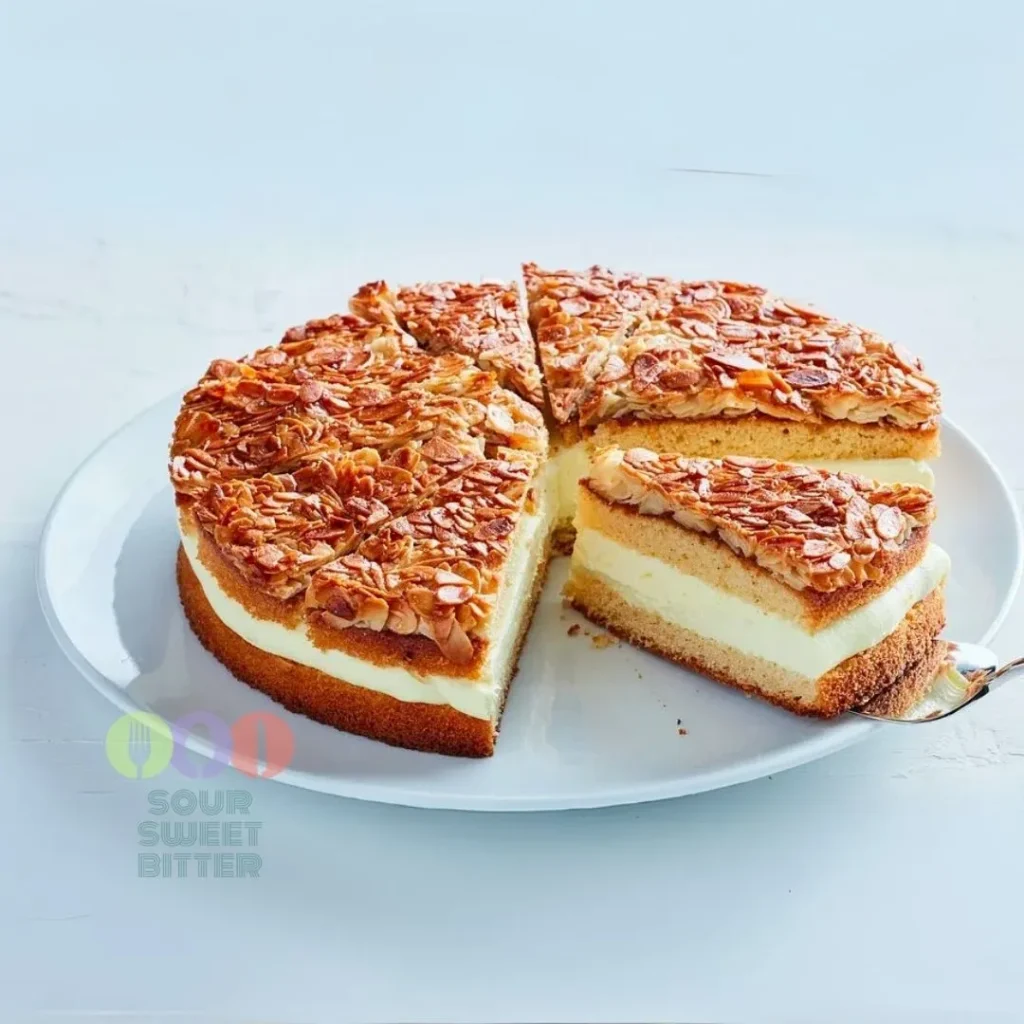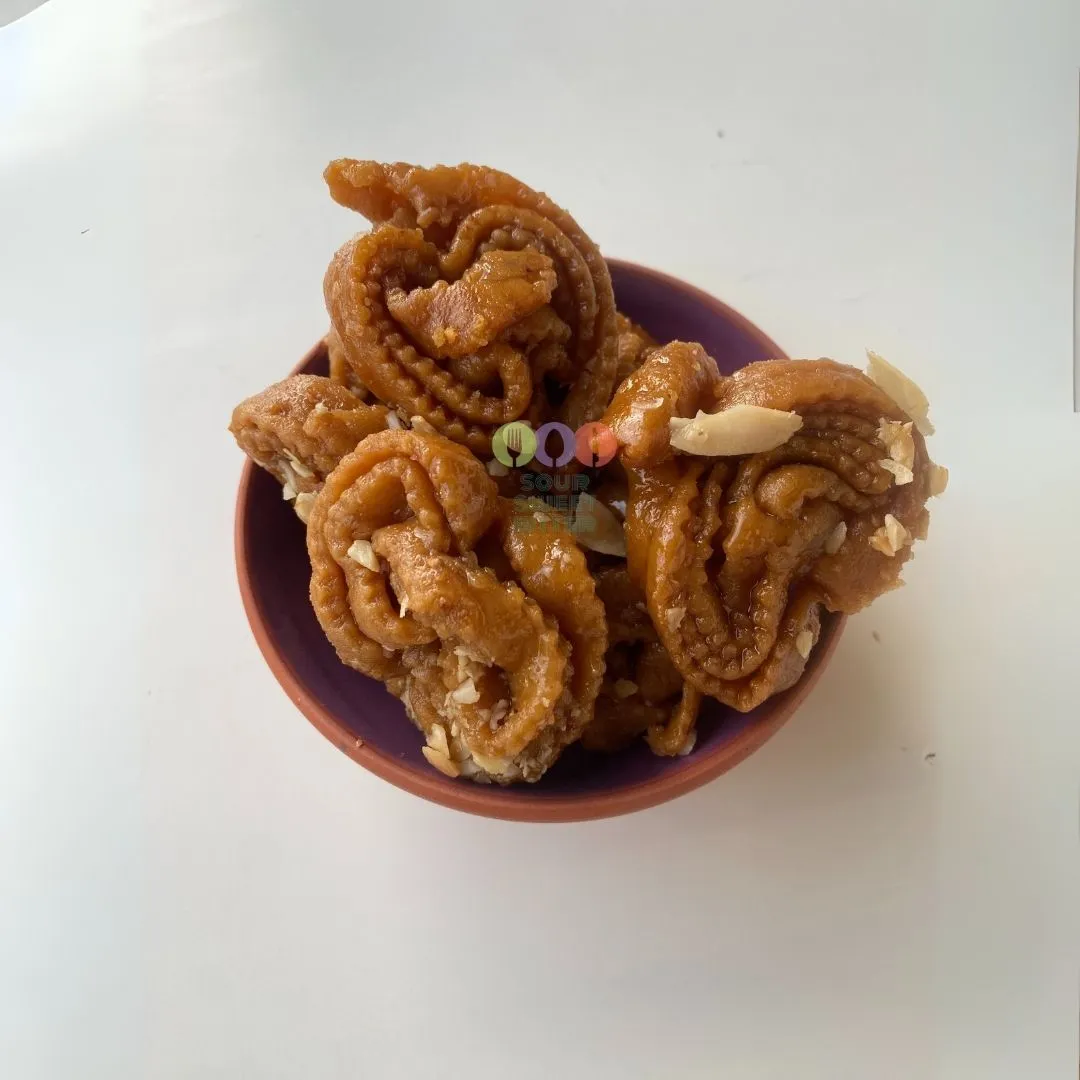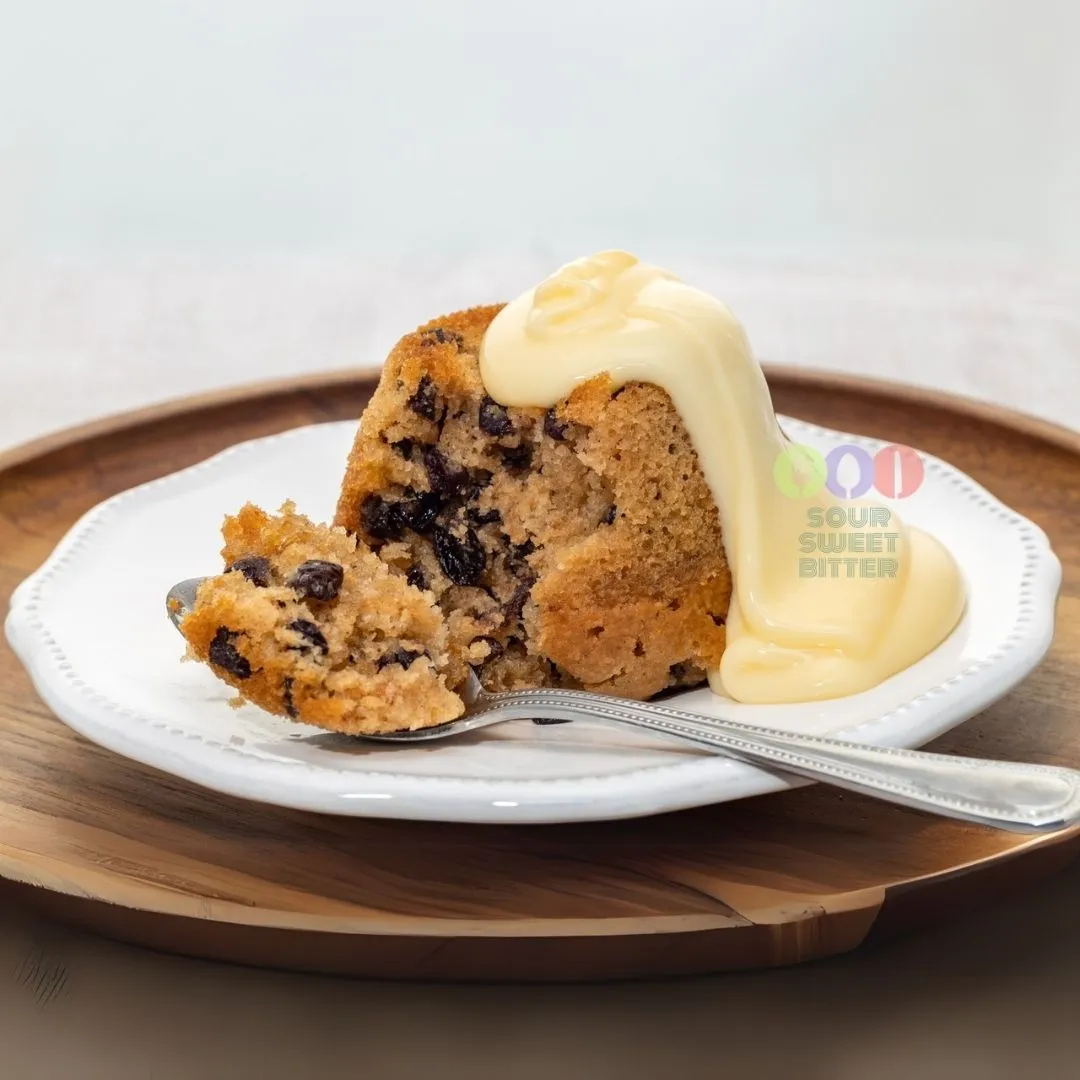The Sweet Legacy of Bienenstich: Germany’s Beloved Bee Sting Cake
Few desserts are as intriguing in name and history as Bienenstich, or “Bee Sting Cake.” This German classic features a light, yeasty cake with a rich custard filling and a caramelized almond topping. However, it’s not just the delicious flavor that makes Bienenstich special—it carries a story rich in tradition, legend, and cultural pride.
A Name with a Buzz: The Legend Behind Bienenstich
The name Bienenstich is wrapped in a charming tale. According to legend, during the 15th century, bakers from the German town of Linz defended their town by throwing beehives at invaders. Their courage led to victory, and the bakers celebrated by creating a cake inspired by bees. The almond-honey topping symbolizes the bees that protected their town, giving the dessert its distinctive name.
A Timeless German Tradition
Beyond its legendary origins, Bienenstich has long been a cornerstone of German baking culture. It is often enjoyed at festive gatherings, Sunday afternoons with coffee, or as a celebratory treat. The combination of soft dough, creamy filling, and crunchy topping showcases the ingenuity of German patisserie, transforming simple ingredients into a masterpiece.
The Perfect Blend of Flavors and Textures
What makes Bienenstich truly unforgettable is its balance of flavors and textures. The airy, brioche-like base pairs beautifully with the velvety vanilla custard inside, while the caramelized almond topping provides a delightful crunch. These elements create a dessert that is indulgent yet perfectly balanced, making it a favorite across generations.
A Symbol of Community and Celebration
In German culture, Bienenstich is often a symbol of togetherness and celebration. It is a common sight at birthday parties, weddings, and community events, where sharing a slice becomes an act of warmth and camaraderie. Its long history and enduring popularity reflect Germany’s love for traditions that bring people closer together.
Bienenstich in the Modern World
Today, Bienenstich continues to enchant dessert lovers not just in Germany but around the world. It has inspired variations, including individual portions and fusion recipes. Despite its evolution, the essence of Bienenstich—a cake rooted in tradition and storytelling—remains the same.
A Dessert with a Sting of Joy
Bienenstich is more than just a dessert; it is a slice of German history and culture. From its legendary beginnings to its enduring role in celebrations, this “Bee Sting Cake” tells a story of resilience, creativity, and community. Whether enjoyed with a cup of coffee or as the centerpiece of a special occasion, Bienenstich is a timeless treat that continues to sweeten life’s moments.
Discover Traditional Recipes from Germany Discover Traditional Recipes from Europe You may like this also: Russian Blini You may like this also: Russian Medovik 10 Traditional German Recipes
German Bienenstich
Ingredients
For the yeast dough:
For the filling:
For the topping:
Instructions
-
For the Bienenstich cake, sift 5 tablespoons of flour into a bowl. Add the yeast, milk and sugar and mix together. Leave the mixture to rest for 15 minutes. Add the remaining flour, butter, egg and salt to the mixture and knead everything into a smooth dough using the dough hook. Cover the yeast dough and leave to rise in a warm place for 1 hour.
-
For the original Bienenstich recipe from the springform pan, after the resting time, knead the yeast dough and roll it out to a diameter of around 26 cm. Then put the dough into a greased 26 cm springform pan and cover and leave to rest for around 30 minutes. In the meantime, preheat the oven to 160 degrees Celsius.
-
For the original Bienenstich filling, make a pudding cream from milk, sugar and vanilla pudding powder, pour into a bowl and immediately cover with cling film to avoid a layer of skin. Beat the butter until fluffy, stir in the cooled Bienenstich pudding a spoonful at a time and chill the mixture for 30 minutes, making sure that the pudding cream and the butter are at the same temperature to prevent the cream from curdling.
-
For the almond topping, bring the butter, sugar, milk and honey to the boil in a saucepan and simmer for about 2 minutes over a low heat. Stir in the almonds and allow to cool for 10 minutes.
-
Spread the almond topping spoonful by spoonful on the yeast dough and bake the base for about 25-30 minutes until the crust is golden brown.
-
Cut the cooled Bienenstich cake in half horizontally. Spread the pudding cream on the bottom layer of the cake using a piping bag or a spoon.
-
Pre-cut the cake top with almonds into 10-12 pieces as desired, place on the cream and press down lightly. Place the Bienenstich cake in the fridge for about 2 hours before serving.
-
Your homemade traditional Bienenstich is ready. Gutten Appetit!
Note
For Grandma's Bienenstich from the tray, simply double all the ingredients. This creates a juicy Bienenstich dessert that is ideal for larger family celebrations or events.













